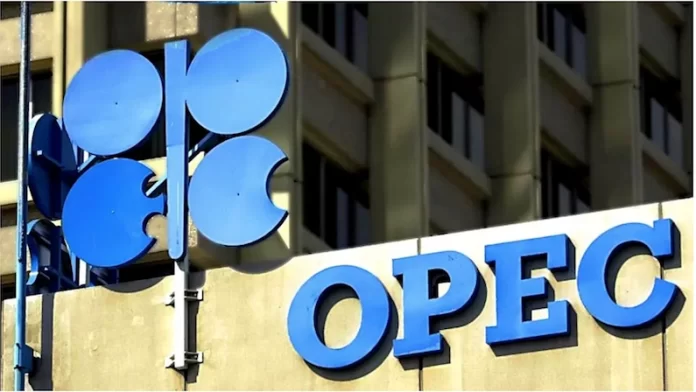In August, OPEC crude oil production increased by 120,000 barrels per day (b/d). This was driven by higher output from Iran, Iraq, and Nigeria, which outweighed the additional cuts made by Saudi Arabia and Russia.
OPEC crude oil production increased by 120,000 barrels per day (b/d) Even with the net increase, the group’s output remains well below levels earlier this summer due to contraction from Saudi Arabia and Russia.
Increased crude oil output in Iran, Iraq, and Nigeria is helping offset the significant reduction in production.
In August, OPEC crude oil production increased by 120,000 barrels per day (b/d). This was driven by higher output from Iran, Iraq, and Nigeria, which outweighed the additional cuts made by Saudi Arabia and Russia.
This information is based on the most recent Platts survey conducted by S&P Global Commodity Insights.
OPEC’s production averaged 40.52 million b/d in the month, with the 13 members of OPEC producing 190,000 b/d month on month. Output from the non-OPEC countries in the coalition contracted by 70,000 b/d.
Nigeria’s output was up 60,000 b/d due to the resumption of loading at the Forcados terminal after an underwater leak disrupted loading for a month.
Mele Kyari, the Group CEO of the Nigerian National Petroleum Company (NNPC) Limited, recently revealed that the country’s crude oil and condensates production surged to 1.6 million barrels per day from the previous figure of less than one million bpd a few months ago.
Saudi Arabia, in particular, has voluntarily reduced its output by 1 million b/d since July in an effort to support and stabilize market prices.
In August, Saudi Arabia’s crude production stood at 8.95 million b/d, reflecting a month-on-month decrease of 100,000 b/d. This output level was the lowest observed since May 2021, as indicated by the survey.
Similarly, Russia, the largest non-OPEC producer in the group, reduced its production by 20,000 b/d in August, bringing it to 9.4 million b/d for the month. In July, the country had pledged a 500,000 b/d supply cut but specified that it pertains to exports, not production. It has since said it will ease back its cut to 300,000 b/d from September.
On Tuesday, Saudi Arabia and Russia, in coordinated statements, declared their intention to prolong the reduction in oil production through the rest of 2023. The action has contributed to the increase in oil prices, which has been on the rise in recent weeks.
This will contribute to what analysts at S&P Global estimate to be a 1.8 million b/d supply deficit in the second half of the year.
However, the increased crude oil output in Iran, Iraq, and Nigeria is helping offset the significant reduction in production by Saudi Arabia.
Meanwhile, production in Iraq grew by 110,000 b/d, driven by an increase in internal consumption.
According to the survey, Iranian production of 2.95 million b/d was the highest since November 2018, as its exports to China remain strong.
Sanctions pressure on Iran has also eased considerably as Western countries focus on measures against Russia in response to its invasion of Ukraine, enabling customers to take more Iranian crude without fear of enforcement. Iran is exempt from a production quota under the OPEC+ agreement.













